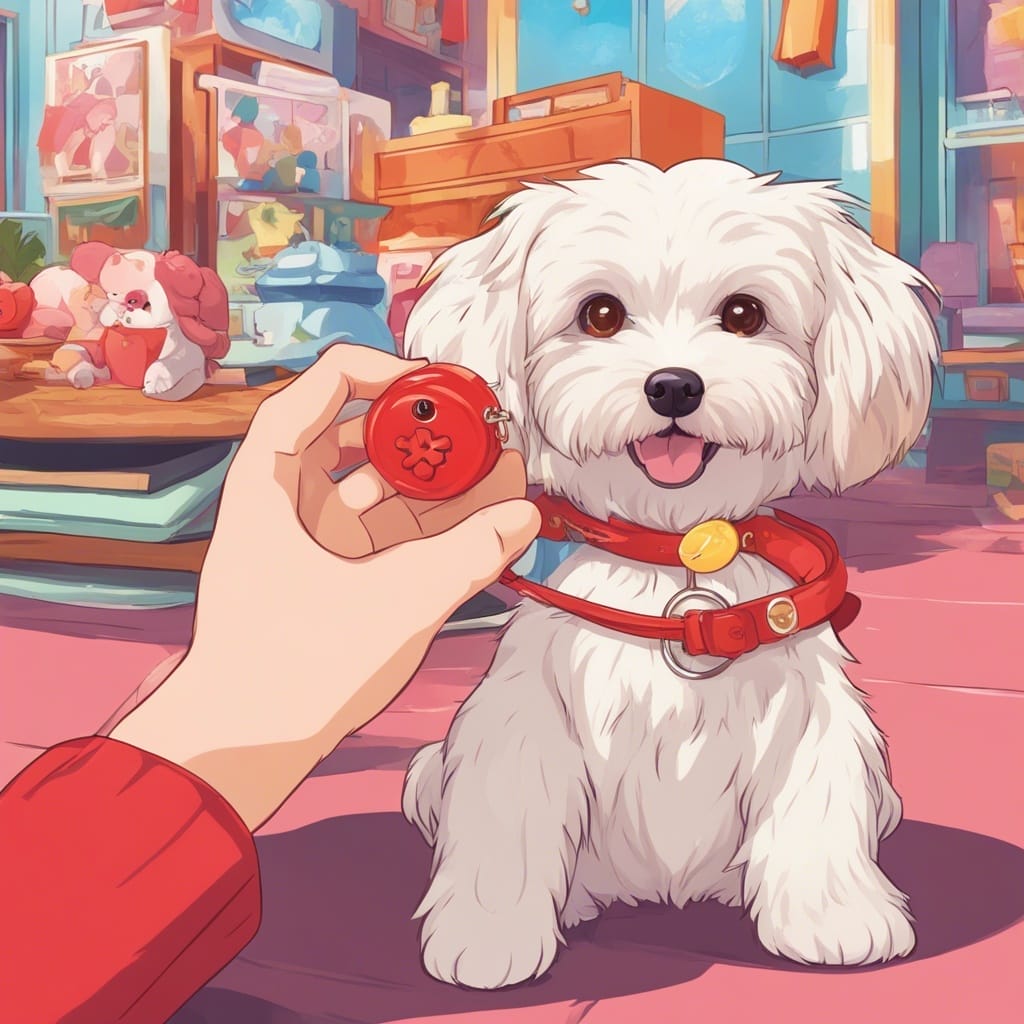
Welcome to the comprehensive guide on advanced clicker training for dogs. This method, renowned for its effectiveness in enhancing canine behavior and communication, offers a unique approach to training. By focusing on precision, shaping behavior, and variable reinforcement, we aim to deepen the bond between you and your furry friend. Let’s embark on this journey to explore sophisticated techniques that promise to transform your training sessions.
Chapter 1: Mastering Advanced Clicker Training Techniques
The Importance of Precision Timing

Precision timing is crucial in clicker training. It involves marking the desired behavior with a click at the exact moment it occurs, thereby signaling to your dog that a reward is imminent. This immediate feedback helps your dog associate the behavior with positive outcomes, facilitating faster learning.
Shaping Behavior with Successive Approximations
Shaping, or successive approximations, is a technique where complex behaviors are broken down into smaller, manageable actions. Each step is reinforced, gradually guiding your dog towards the desired behavior. This method is particularly effective for teaching intricate tasks and encourages creativity in both the trainer and the dog.
Enhancing Training with Variable Reinforcement
Variable reinforcement introduces unpredictability in rewarding behaviors, which can make the training process more engaging for your dog. By varying the timing and type of rewards, you maintain your dog’s interest and motivation, leading to more resilient and long-lasting behaviors.
Chapter 2: Troubleshooting Common Clicker Training Challenges

Addressing Non-responsiveness
If your dog seems unresponsive to clicker training, reassess your timing and consistency. Ensure the rewards are enticing and consider health or sensory issues that may affect their ability to respond. Patience and adaptation are key to overcoming these hurdles.
Managing Over-excitement
An overly excited dog can be challenging to train. Implement calming exercises before sessions, and consider short, focused training periods to keep their attention. Remember, each dog learns at their own pace, and understanding their unique needs is crucial for effective training.
Chapter 3: Keeping Your Dog Engaged and Motivated
Injecting Variety and Fun into Training
To keep your dog interested in clicker training, introduce new commands and challenges regularly. Utilize play and their favorite toys to make sessions enjoyable. High-value rewards and short, engaging lessons will ensure your dog remains motivated and eager to learn.
Consistency and Positive Reinforcement
Maintaining consistency in your commands and reinforcement strategies is vital for clear communication. Celebrate every success with your dog, fostering a positive and rewarding learning environment.
Conclusion: The Journey of Advanced Clicker Training
Advanced clicker training is more than just teaching new tricks; it’s about building a deeper understanding and connection with your dog. Embrace the journey, recognizing that each challenge is an opportunity for growth. With patience, consistency, and a focus on making training enjoyable, you and your dog will achieve remarkable results.
Remember, the goal of clicker training is to enhance the bond between you and your pet through effective communication and mutual respect. As you continue to explore and apply these advanced techniques, you’ll discover the joy and satisfaction of working together towards common goals.
Happy training, and may your clicker adventures lead to many rewarding experiences with your canine companion!
- About the Author
- Latest Posts

Sara is a passionate writer and an avid lover of Havanese dogs. With several years of experience in dog training, breeding, and care, she has developed a deep understanding and admiration for the Havanese breed. Sara’s mission is to provide valuable insights, resources, and tips to help Havanese dog owners provide the best possible care and nurturing for their beloved pets.







